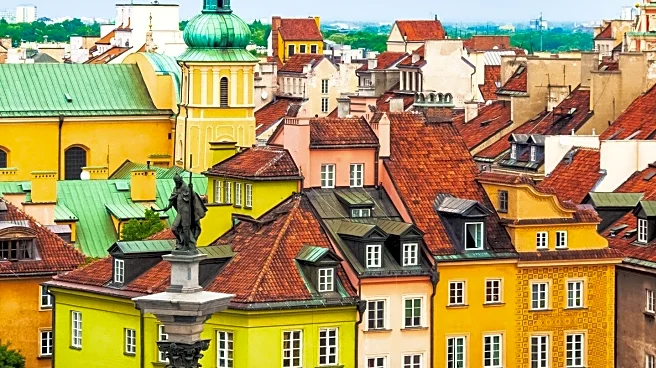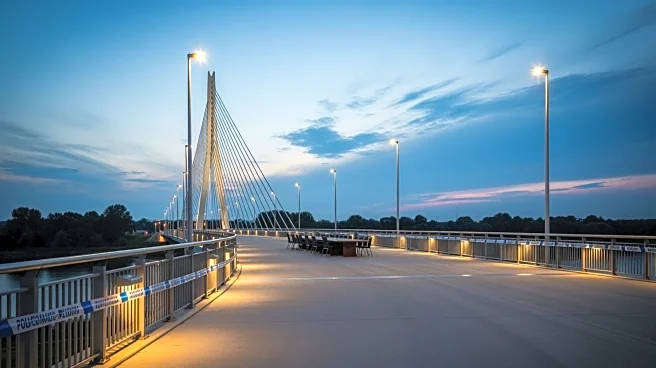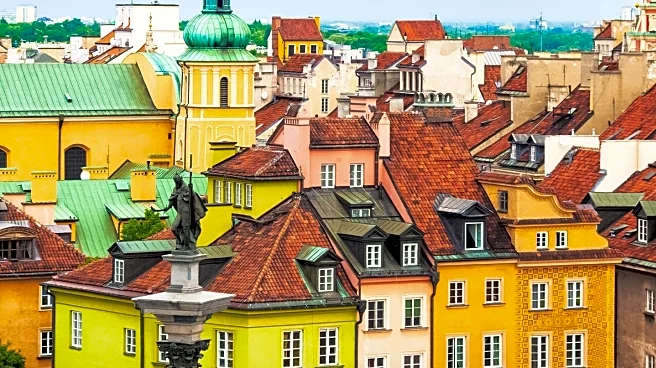What's Happening?
A sprawling underground complex known as the Ostwall, built by the Nazis in Poland, has been repurposed as a dark tourism destination. Originally constructed as a fortified subterranean city for thousands of soldiers, the site was abandoned in 1945. In
the 1980s and 1990s, it became a venue for unauthorized events hosted by a subculture called the Bunker People. Today, the site is inhabited by approximately 40,000 bats and has been opened to the public as part of the Międzyrzecz Fortified Region Museum. Visitors can explore 19 miles of tunnels, shafts, and underground railway stations, offering a glimpse into the historical significance and eerie beauty of the complex.
Why It's Important?
The transformation of the Ostwall into a tourist attraction highlights the growing interest in dark tourism, where visitors seek experiences related to historical tragedies and eerie locations. This development not only preserves the historical site but also contributes to the local economy by attracting tourists. It serves as a reminder of the complex history of World War II and the impact of Nazi architecture. The site's new role as a museum allows for educational opportunities, providing insights into the wartime strategies and the cultural shifts that have occurred since its abandonment.
What's Next?
The continued development of the Ostwall as a tourist destination may lead to increased investment in infrastructure and preservation efforts. Local authorities and historians might collaborate to enhance the educational aspects of the site, potentially expanding the museum's offerings. As interest in dark tourism grows, similar sites across Europe could be developed, fostering a deeper understanding of historical events and their lasting impact. The site's popularity may also prompt discussions on ethical tourism practices and the balance between commercial interests and historical preservation.
Beyond the Headlines
The Ostwall's transformation raises questions about the ethical implications of dark tourism. While it provides educational value, it also challenges society to consider how we engage with sites of historical trauma. The preservation of such locations can serve as a tool for reflection and learning, but it also necessitates sensitivity in how these stories are presented. The site's history as a venue for unauthorized events in the past adds a layer of cultural significance, illustrating the evolving relationship between society and historical spaces.













